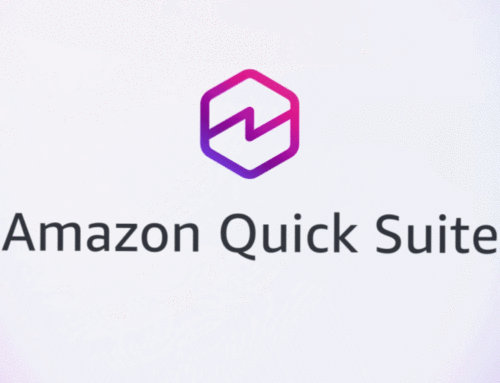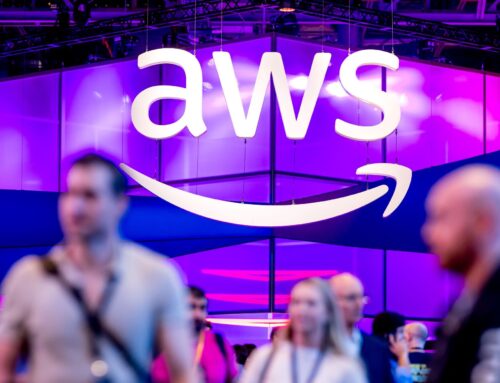AI investments are pulling the US economy forward. Will it continue?
October 9, 2025
Despite United States President Donald Trump’s tariff and immigration policies roiling businesses, the US economy is relatively stable. Experts say the country can thank the artificial intelligence (AI) industry for that.
“AI machines—in quite a literal sense—appear to be saving the US economy right now,” George Saravelos of Deutsche Bank wrote to his clients at the end of September. “In the absence of tech-related spending, the US would be close to, or in, recession this year.”
- list 1 of 4Starmer meets Modi: What the UK can learn from India’s digital IDs
- list 2 of 4NBA signs AI deal with Alibaba ahead of preseason games in China
- list 3 of 4UK and India Weigh Trade Gains Against Migration Politics
- list 4 of 4US sanctions Serbia’s main oil supplier controlled by Russia
end of list
Economist and Nobel laureate Paul Krugman has made similar observations in his Substack newsletter. AI companies are investing hundreds of billions of dollars into AI infrastructure and development, and other US companies are spending billions on AI products.
Just last month, a data centre in Abeline, Texas, the flagship site of the $500bn Stargate programme, a joint venture between Oracle, OpenAI and Japan’s SoftBank to advance AI infrastructure in the US, came online.
Around the same time, chipmaker Nvidia said it would invest up to $100bn in OpenAI and provide it with data centre chips. It also became the first US company to hit a $4 trillion market value. It was soon followed in that benchmark by Microsoft, which has seen its stock price surge, with AI one of key factors driving business demand.
Nvidia and Microsoft are not alone. Google’s parent company Alphabet and Meta Platforms, which owns Facebook, Instagram and WhatsApp, have upped their commitments to their AI ambitions and investments.
All of this enthusiasm surrounding AI appears to be holding up the US economy for the moment, but there are fears that this could be a “bubble” similar to the dot-com bubble of the late 1990s.
Advertisement
“The reason people are worried about an AI bubble is because seven companies are pulling more than 400 others forward,” Campbell Harvey, a professor of finance at Duke University, told Al Jazeera.
A look at the S&P 500 shows that seven tech companies that are heavily involved in AI are the ones creating the most growth.
Harvey admits that since it’s still early days in AI adoption and growth, it’s hard to say if the stocks of those tech companies are overvalued.
“While share prices look somewhat elevated, there’s also real revenue behind the massive push to build data centres,” said Carl Frey, an associate professor of AI & Work at Oxford University. “A bubble may be building, but we’re nowhere near tulip mania territory,” he said, referring to the massive increase in tulip prices in the Netherlands in the 17th century, an event often held up as a hallmark of a bubble.
“The worry is that early AI adopters are having second thoughts. Large corporations that rushed in are narrowing projects to the few that clearly save money or make money, and putting the rest on ice,” he said.
For instance, major corporations like IBM and Klarna cut thousands of jobs in customer service and replaced them with AI—only to start reversing course not so long after they made that decision. They found the technology couldn’t do everything they hoped, compared to human workers.
If major corporations that have spent large sums of money adopting AI tools end up deciding that these tools are not actually that useful for their businesses, that could be a serious problem for AI companies. They could end up with fewer customers, and their stock prices could begin to tumble as projected profits decline.
A report released by MIT in August found that 95 percent of companies that have adopted AI are not achieving significant revenue acceleration from it. Data from the US Census Bureau shows that AI adoption by large companies has started to slow down recently.
It would appear that people are starting to question the utility of these AI tools, which are often used to replace people in jobs like customer service, software engineering and several other entry-level jobs.
“There’s a growing sense that a lot of companies raced to add AI to their operations last year because of the hype surrounding its power, and the fear of falling behind,” said Cal Newport, a professor of computer science at Georgetown University. “It turns out, however, that integrating generative AI, in particular, into existing workflows in significantly useful ways is harder than people thought.”
Advertisement
Newport says the underlying models in these AI programmes are currently “too unreliable” to be able to successfully automate jobs. He notes the idea that we would see AI rapidly taking jobs right now “has simply not come true”.
A recent Stanford study found that entry-level jobs in customer service, accounting and software development have decreased by 13 percent since 2022 because of the adoption of AI tools in large companies.
It’s not clear that AI has reached “bubble” territory yet, but it might, and if that bubble were to burst, it could do a lot of damage to the US economy.
Frey says the dot-com bubble was very costly for investors, but it “left behind technologies and infrastructure that ultimately lifted productivity.” The question is whether this AI situation will play out the same way.
“Unless an AI bust topples a major lender and triggers a full-blown financial crisis, the bigger risk today is different,” Frey said. “AI hasn’t yet delivered a clear, broad-based productivity boost—precisely what our stagnating economies need.”
Search
RECENT PRESS RELEASES
Related Post





